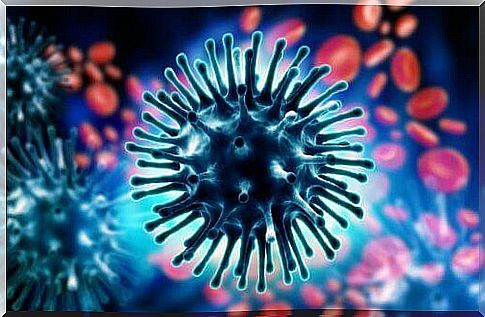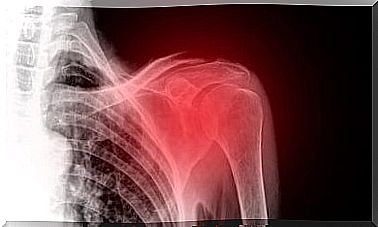New Study Suggests There Are Two Types Of Coronavirus Strains
A new study from Peking University reports that two strains of coronavirus have been detected. One of them would be more aggressive than the other. Nonetheless, European scientists have questioned these claims and even demanded a retraction.

A new study led by bioinformatics researcher at Peking University, Jian Lu, and published in the National Science Review , reports that two different strains of the coronavirus have been detected. One of them would be more aggressive than the other. Nevertheless, European scientists questioned the results of this study. The World Health Organization (WHO) calls for caution on this study.
According to the publication, this new study involved 103 genetic samples. The results indicate that there are two strains, which were designated by the letters S and L. 30% of the samples correspond to type S and the remaining 70% correspond to type L.
Chinese scientists who led this new study determined that type L is the most aggressive. And the one that spreads the fastest. For its part, type S is said to be older and has probably lived among humans for several years without attracting attention due to the mild symptoms.
A new study carried out in China
A new study on the coronavirus has been carried out by Peking University and the Institut Pasteur in Shanghai. This study shows that the S type of the coronavirus is the ancestral genetic form, that is to say the original virus. Due to mutations, natural selection and recombinations, type L emerged, the most common type during the initial stage of the epidemic in China.
The researchers explained that the frequency with which type L has appeared, at least in China, has gradually declined. Despite this, and according to the data provided, out of the 103 samples analyzed, 27 of them correspond to cases reported in Wuhan (China). 96% of these cases tested positive for type L. So only 4% are type S.
As for the remaining 73 samples analyzed as part of the study, they correspond to cases reported in countries other than China. The prevalence of the virus is different: 61.1% are type L and 38.4% are type S.
This means that the most aggressive L-type has spread outside China less. For the researchers, it is possible that this is explained by the strict control and prevention measures applied in the country. It is also possible that this observation is due to the fact that less selective pressure was exerted on type S.

Further studies are needed
At the moment, there are only assumptions about the nature and progression of the two types of strains of the coronavirus. For this reason, this new study concludes that further research on the subject is needed. The researchers say that only the combination of genomic data with epidemiological information and medical records of COVID-19 can give reliable answers.
Doctor José Antonio Pérez Molina, specialist in infectious diseases at the Ramón y Cajal Hospital in Madrid, and member of the Spanish Society of Infectious Diseases and Clinical Microbiology (SEIMC), indicates that the appearance of different strains is a this is normal for this type of microorganism.
He also specifies that it is usual for the less pathogenic viruses to be the most prevalent. Because they manage more easily to settle within the population. It is therefore common that viruses with the greatest capacity to spread but with the least capacity for lethality spread more than others.

The scientific controversy over the strains of the coronavirus
Some scientists have questioned the interpretation of the new study’s results. Dr Isabel Sola, director of the Coronavirus Laboratory at the National Biotechnology Center – which is part of the CSIC – reports that the study does not have enough information to conclude that one of the two types is more virulent than the other.
In addition, Doctor Oscar A. MacLean of the University of Glasgow (United Kingdom) reports that, so far, 111 mutations have been presented for this type of virus. And that none of them has shown to have significant effects on the epidemic. He adds that the new study from China has some methodological limitations, starting with a small sample.
MacLean and his team went even further, asking Chinese scientists to retract. Because that would only cause more confusion. The World Health Organization (WHO), for its part, calls for caution. She considers that the findings should not be overinterpreted and specifies that the two strains are basically the same virus.









